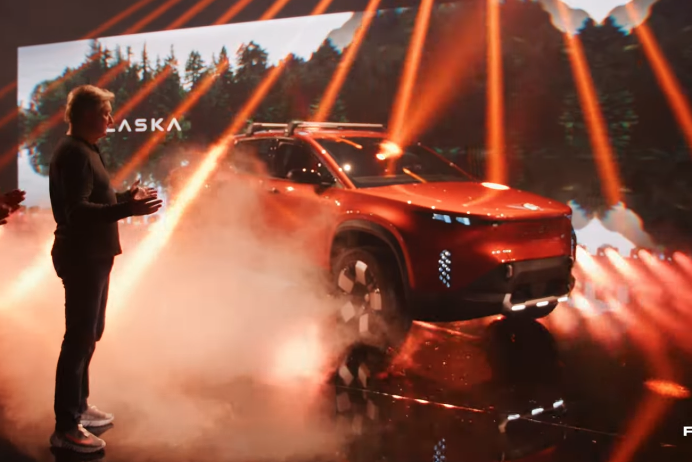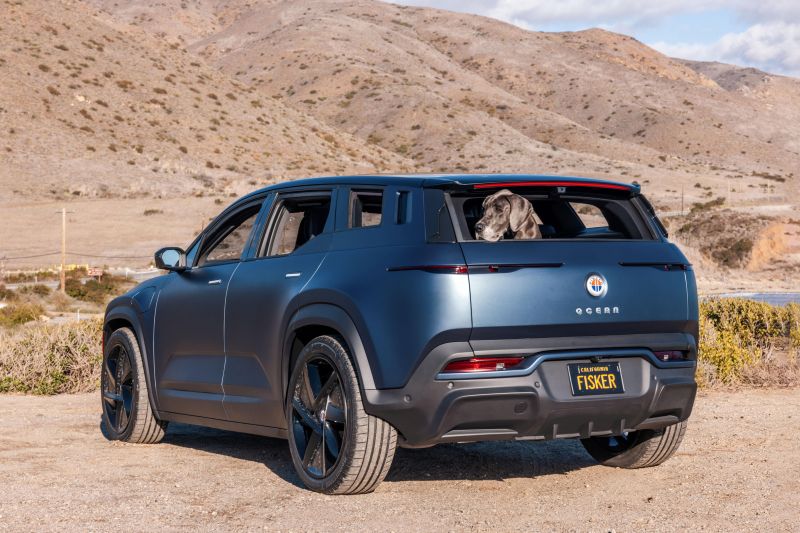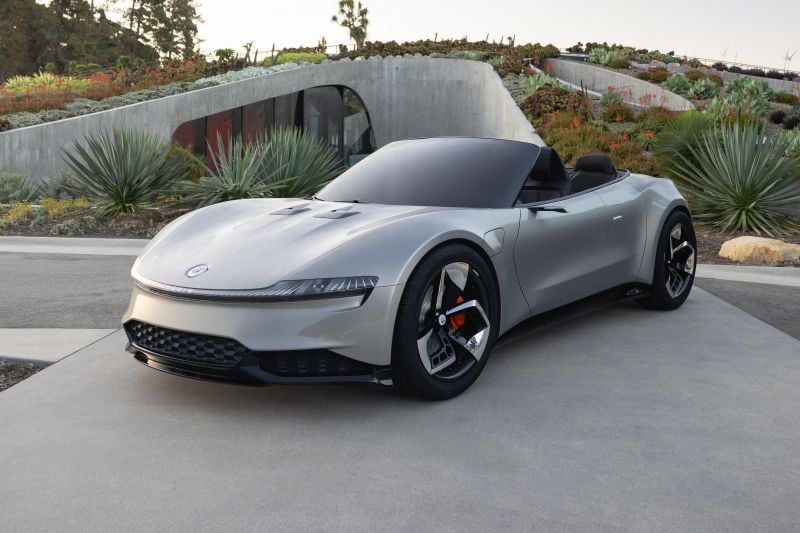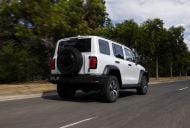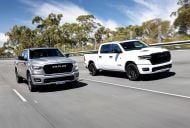Nissan and Fisker are reportedly deep in negotiations, which would see the Japanese firm investing in and partnering with the startup electric automaker to produce an electric ute.
This week Fisker released its 2023 financial statement where it plainly stated there is “substantial doubt about Fisker’s ability to continue as a going concern”.
Because “current resources are insufficient to satisfy its [cash] requirements over the next 12 months” the American automaker flagged that it will need to raise more debt or find an outside investor, but warned “there can be no assurance that Fisker will be successful in these efforts”.
Henrik Fisker, the company’s founder and CEO, hinted the company had two rays of hope.
The startup is currently talking to “an existing noteholder” about further investment, but more tantalisingly it is also in “negotiations with a large automaker for a potential transaction which could include an investment in Fisker, joint development of one or more electric vehicle platforms, and North America manufacturing”.
According to Reuters, this large automaker is Nissan.
Two people told the news agency negotiations are continuing, and while deal hasn’t been finalised, it could be completed by the end of March. One source claimed the term sheet is complete, and due diligence is being performed.
As it stands, the deal will reportedly see Nissan invest US$400 million ($610 million) into Fisker, and help the struggling company complete development of its Alaska ute.
The Alaska would then go into production at one of Nissan’s US factories in 2026, with Nissan also producing a ute based on the Alaska. There are currently two Nissan car plants in operation: one in Smyrna, Tennessee, and the other in Canton, Mississippi.
Neither company has been willing to discuss the contents of the Reuters report.
The Alaska — or Kayak as it will be known in Europe — is based on a stretched version of the FT31 architecture that underpins the Ocean crossover that’s currently on sale.
Measuring around 5.3 metres long, the Alaska/Kayak will be signficantly larger than the 4.77m Ocean. Despite this, the ute was expected to be available with the Ocean’s drivetrains, which currently include a 205kW front-wheel drive model, and a more powerful 349kW/696Nm dual-motor all-wheel drive variant.
The Ocean is currently produced in Graz, Austria by contract manufacturer Magna Steyr.
If the deal goes ahead, and the Alaska is produced by Nissan in the US, the car may qualify for some or all of the US government’s US$7500 ($11,500) federal tax credit, which is only available to vehicles made in the US, and with batteries substantially made in the US.
At its launch last year, Fisker anticipated the Alaska would have a starting price of US$45,000 ($69,000) in the US. The rear-wheel drive Tesla Model Y is currently listed at US$45,110, but as it qualifies for the full tax credit, its price is effectively US$37,610 ($57,600) for many buyers.
The Nissan Leaf, which is manufactured in Tennessee, no longer qualifies for the federal tax credit. Nissan has already confirmed it will not produce the Leaf locally when it heads into a third generation around the middle of 2025.
To give it more room to breathe as it aims to find more money or investment, Fisker says it will retrench 15 per cent of global workforce, and is busy switching from a direct-to-consumer model to a dealer structure.
It’s unclear if the future of Fisker Pear hatchback and Ronin GT will be addressed as part of this rescue package with Nissan.
Despite its attractive design, the Fisker Ocean has struggled to find buyers. The company is estimating it will sell between 20,000 and 22,000 Oceans in 2024. By comparison, Tesla sold an estimated 1.23 million Model Y crossovers in 2023, enough for it claim the title of world’s top-selling model ahead of the Toyota RAV4 and Corolla.


